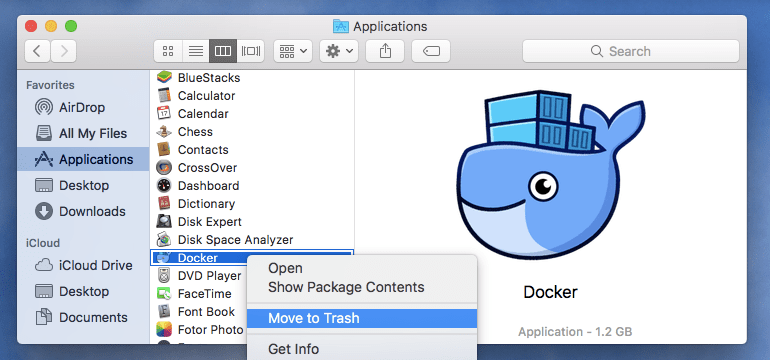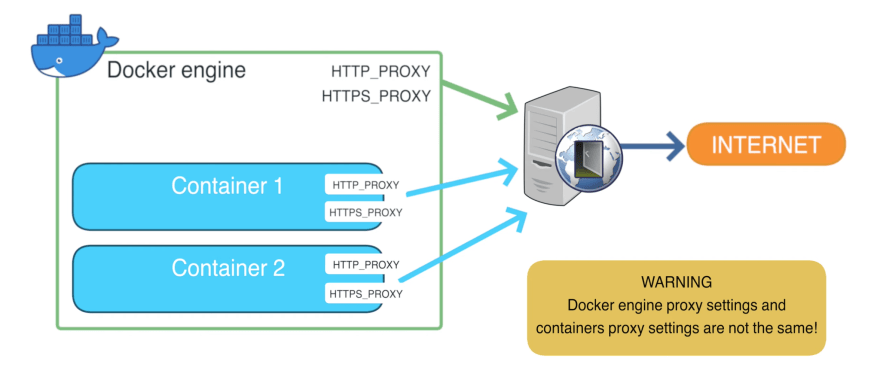

Here, it's important to understand that the MySQL server is a container and not simply installed on the host machine. We'll end up with socket errors as illustrated above.
#Docker for mac not connecting login password
In our case, the password is set to “baeldung”.ĮRROR 2002 (HY000): Can't connect to local MySQL server through socket '/var/run/mysqld/mysqld.sock' (2) Further, we'll set the MySQL server password through the environment variable MYSQL_ROOT_PASSWORD. We'll need to provide the container name using the -name argument and use the MySQL image with the latest tag. The docker run command typically creates the writeable container layer on top of the image layers. Without further ado, let's run the container.
#Docker for mac not connecting login code
The bundled image gets a hash code for future reference as demonstrated above. Status: Downloaded newer image for mysql:latest Our docker pull command will get the layers of the images from the blob store and automatically create the image using the manifest file: …ĭigest: sha256:1c75ba7716c6f73fc106dacedfdcf13f934ea8c161c8b3b3e4618bcd5fbcf195 Usually, the images are distinct layers tightly coupled in an ordered form as described in the manifest file. Let's pull the official MySQL image from Docker Hub using the docker pull command: $ docker pull mysql:latestĬ2920c795b25: Downloading 105.6MB/107.8MB Latest Tag – Unless we have any reservations on the MySQL version, we can go with the latest version available in the repository.


We can simply build a container based on the MySQL image pulled from the Docker Hub. Now, let’s bring the MySQL server instance into Docker.


 0 kommentar(er)
0 kommentar(er)
